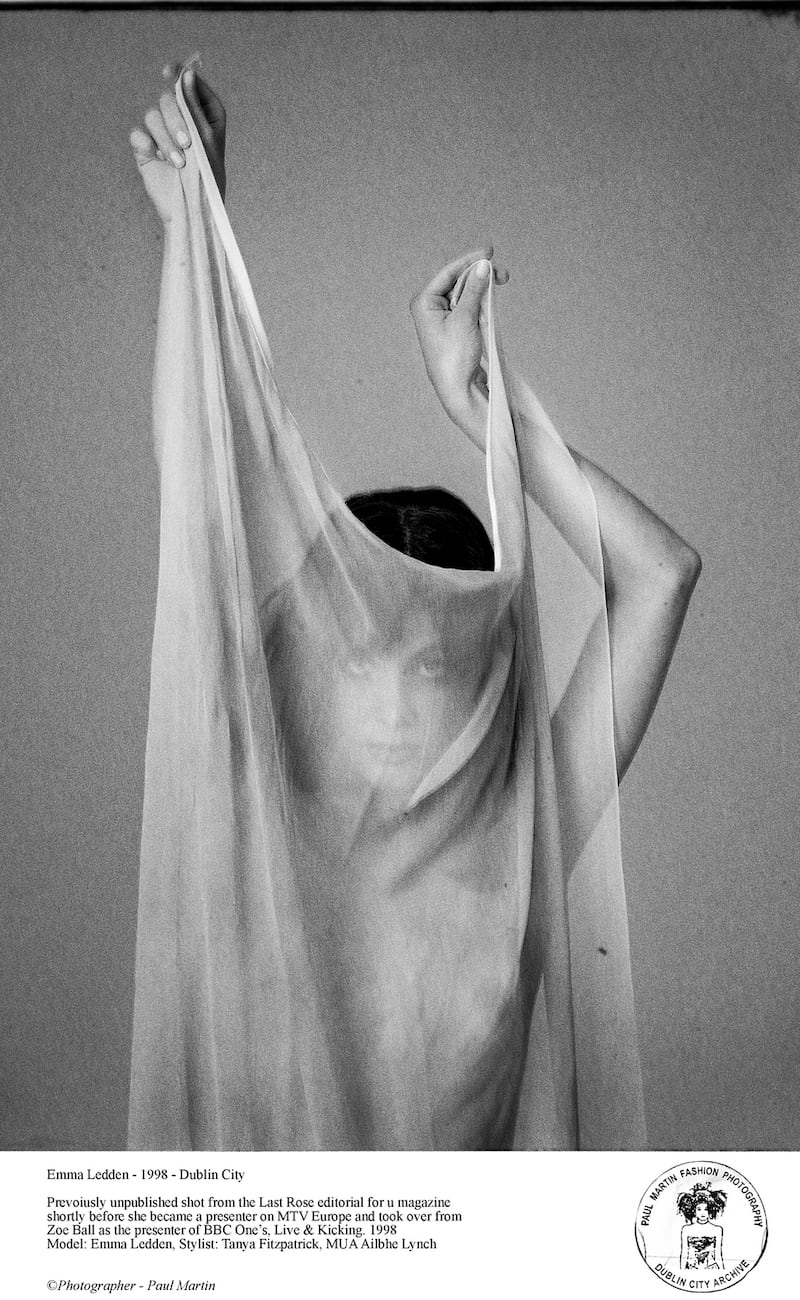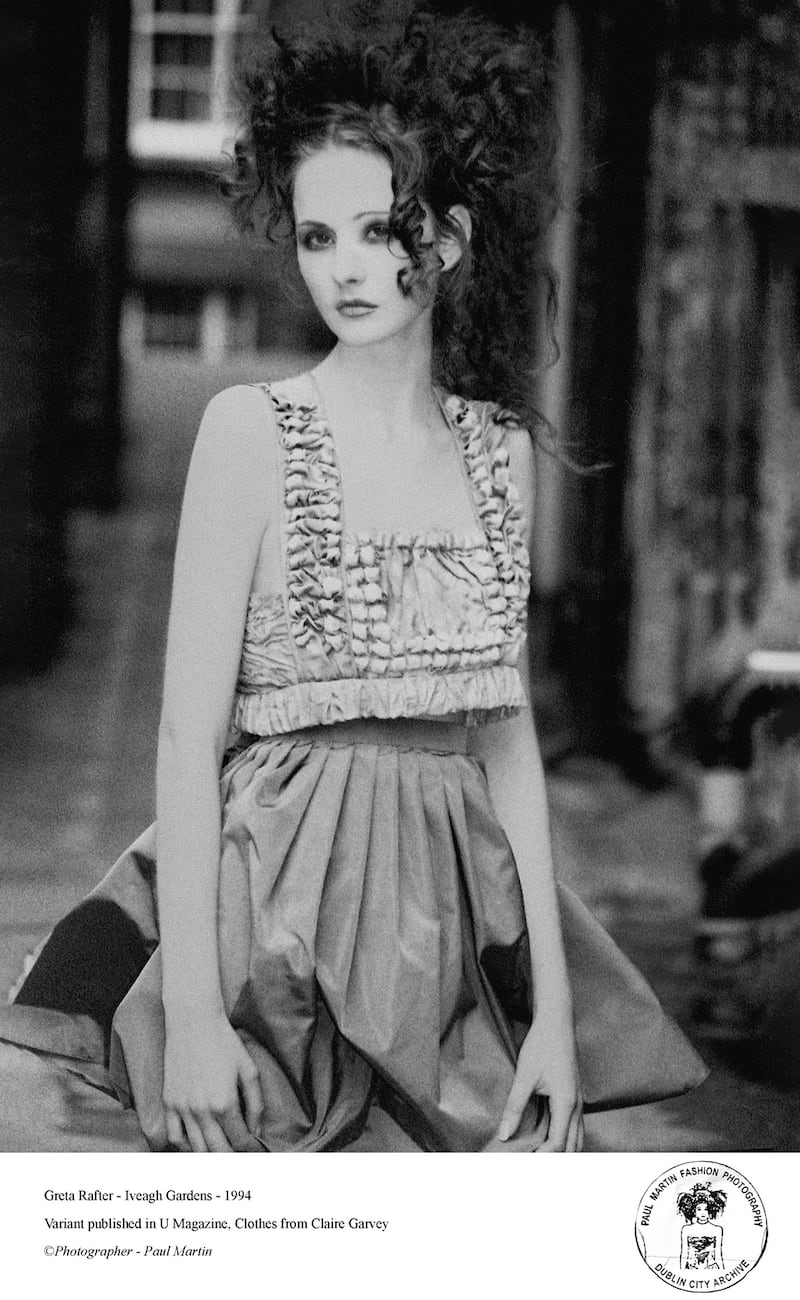When Paul Martin left school, he had envisaged a career in music. But, as he recalls in his new book First Face, which takes a unique look at the tiny modelling scene in Dublin in the 1990s, he discovered a passion for capturing beauty on camera after falling into fashion photography.
“I used to wonder how I ended up shooting fashion photographs, but my mum was a photographer and I joined the camera club in school when I was 11, so I suppose it’s not that much of a mystery,” he says. “Then when I was living in London and discovered someone was looking for a darkroom assistant, I blagged my way into the job.”
He started taking photos of friends on his time off. He had a good eye for fashion and built up a small portfolio of work, but found it difficult to break out of the assistant role and only featured in a free magazine called Ms London.
Then in 1994, while back in Dublin, he called into Assets Model Agency, and after some back and forth, they looked at his portfolio and agreed to let him photograph a few of their models. The tests went well, which led to him being offered more tests with new models joining the agency, and he ended up commuting between London and Dublin every couple of weeks.
“Without meaning to, I built up an archive of work which was a unique insight into a world that people rarely get access to,” he says.
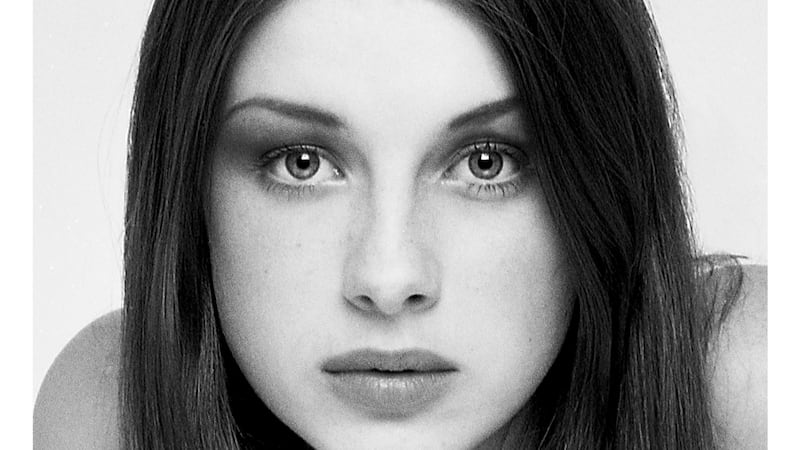
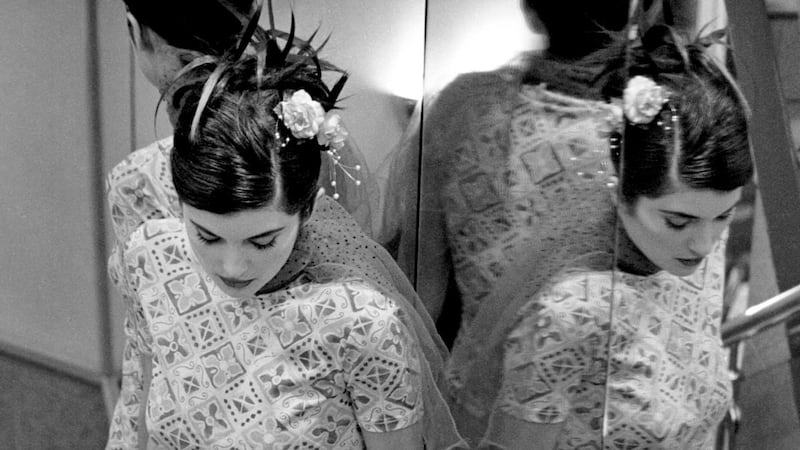
The 1990s marked a significant shift in fashion photography away from the traditional system where photographers had their own studios, towards a grittier, more natural style. The fashion scene in Dublin was small, but it buzzed with energy and creative freedom, and Martin became part of it.
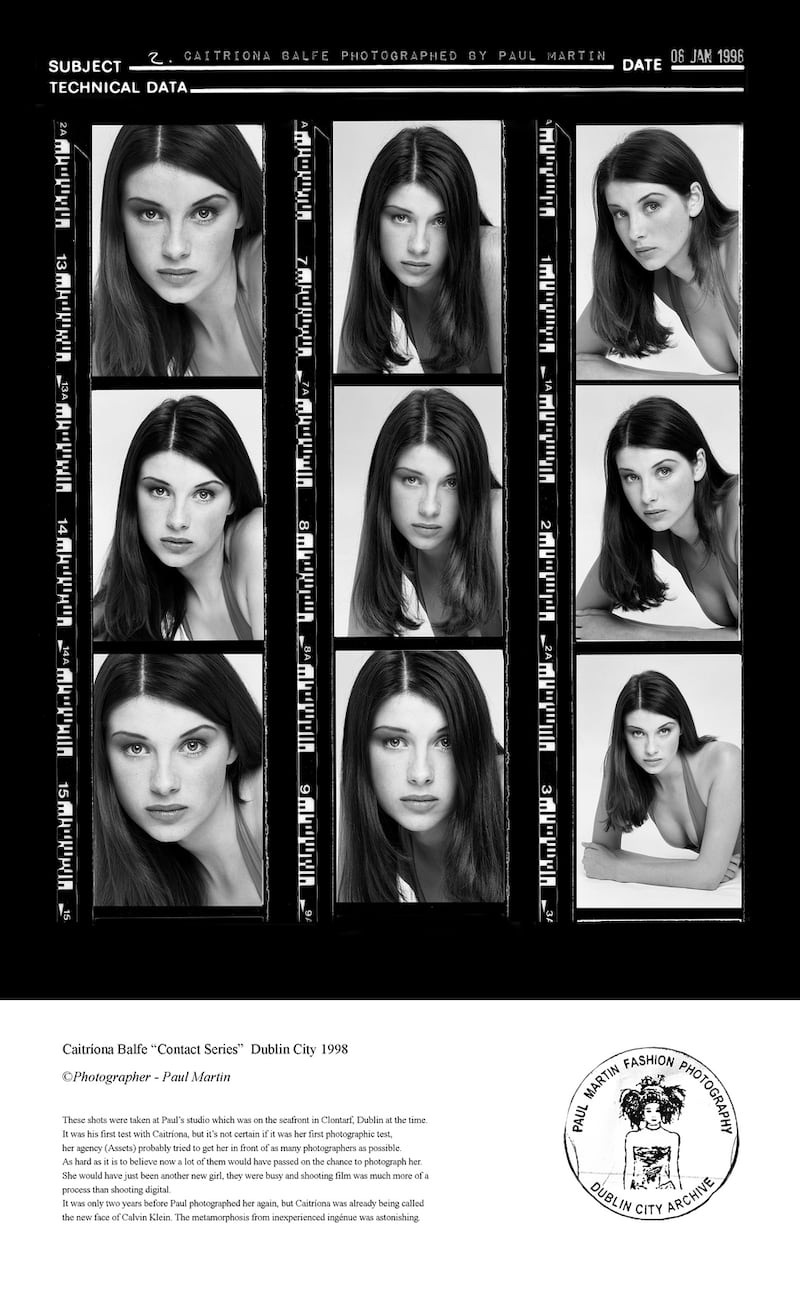
"My biggest influence was British photographer Corinne Day, who opened the door for a new generation who suddenly saw that fashion photography didn't have to be an exclusive club for established photographers with big studios. She set the template for the alternative order of taking a bag of clothes, the model and the stylist to the beach and just having fun by mixing up the styling.
"Nineties fashion photography was a reaction against the artifice and facade of previous decades – and my combination of urban decay, makeshift studios, alternative models and limited equipment found more success than I could have ever hoped for.”
With his penchant for the less “conventional” looking model, the title of Martin’s book First Face is a reference to the fact that he always captured new faces. The more established models were more likely to work with experienced photographers, but then as he became more established himself, he still enjoyed working with new models who didn’t have a set routine, and looked more natural in front of the camera. Although most of the models that feature in First Face are unknown, the book also features some familiar faces, most notably the first test for a young Caitríona Balfe (who went on to become the face of Calvin Klein, and most recently starred in Kenneth Branagh’s Belfast), shot at Martin’s studio in Clontarf, Dublin, shortly after she was scouted by Assets.
“While fashion photography through the decades is very well represented in capitals like London and New York, there is precious little material from Dublin,” Martin says.
"Britpop was as important in Ireland as it was in the UK and as it was pre-internet, I used to religiously pick up I-D, the Face and Italian Vogue to keep up with trends and ideas. Photographers would regularly meet at pro labs like Primary Colour to get film processed and trade stories about shoots, and you would regularly see models traversing the city clutching their books [portfolios]."
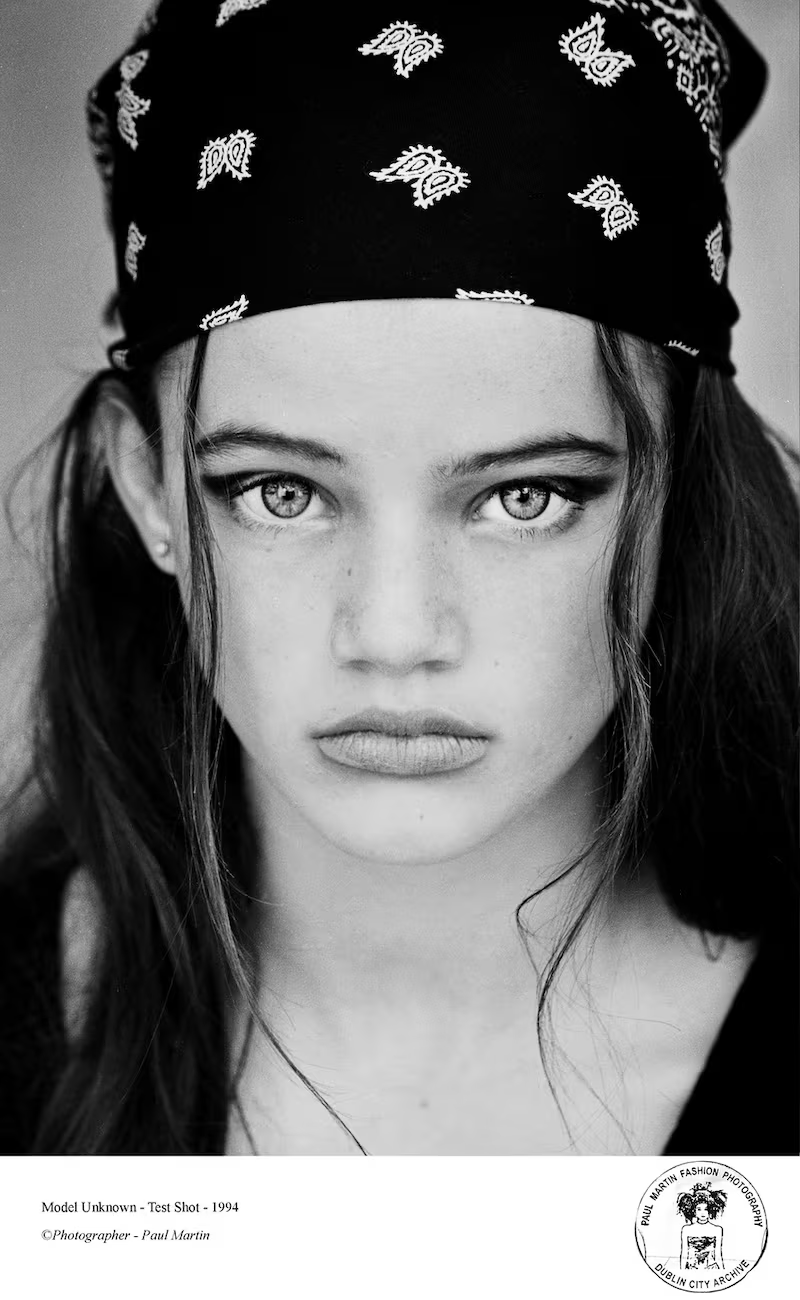
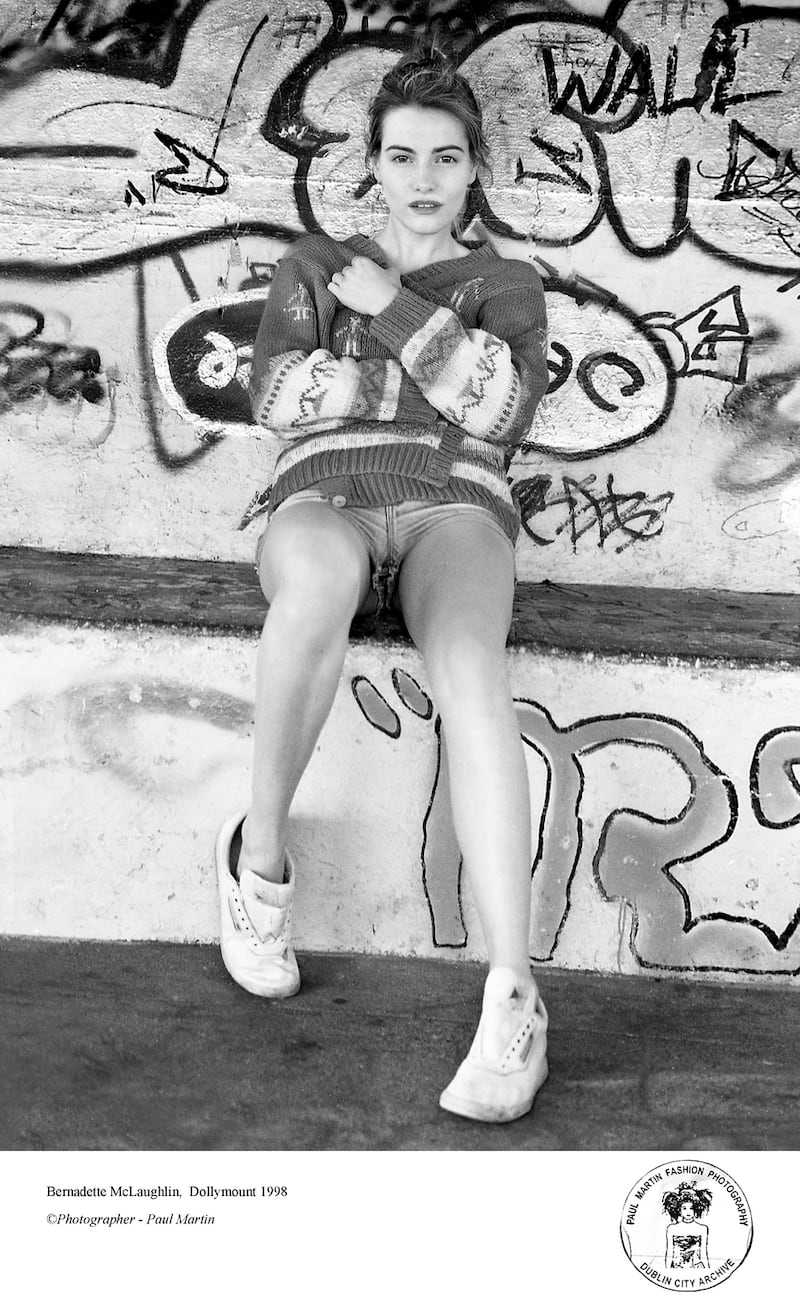
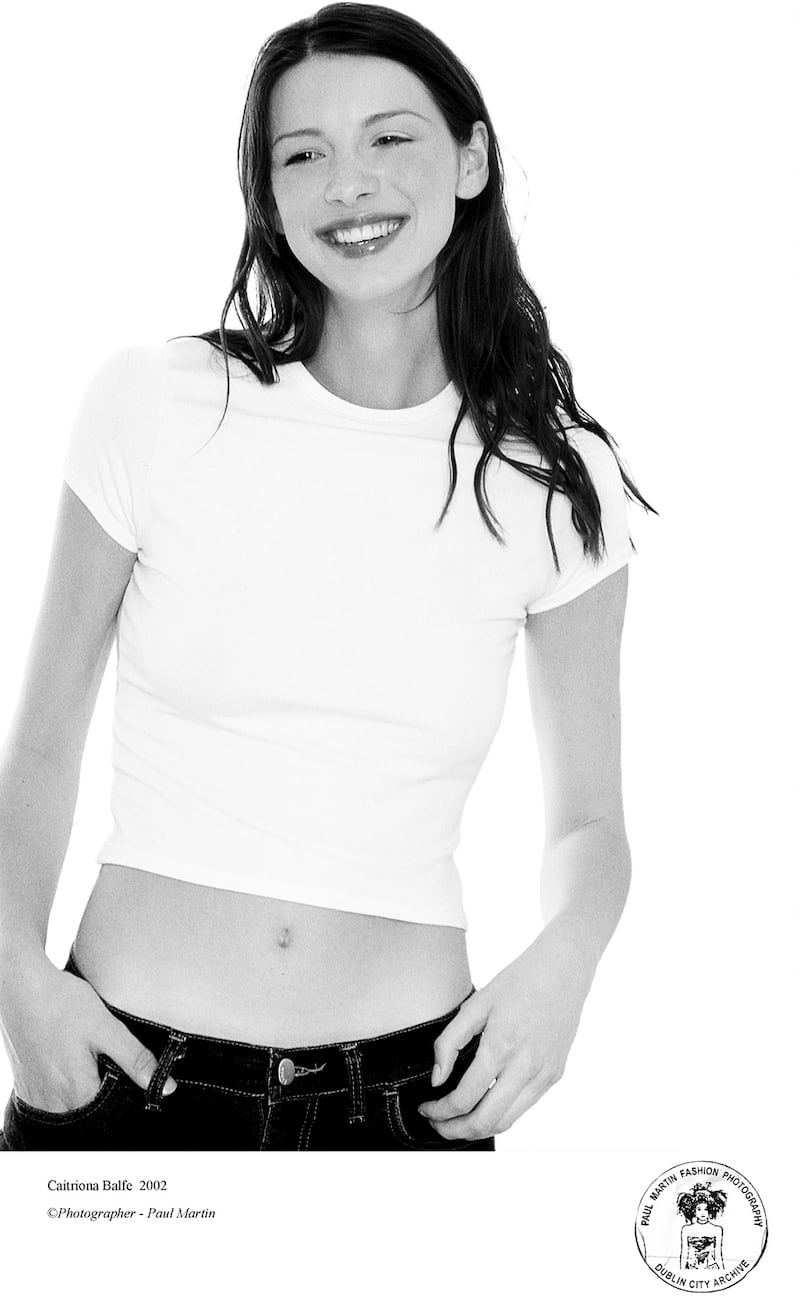
The 70 black and white images in the book are a selection of Martin’s best work, forgotten model tests and previously unpublished images from editorial shoots, capturing the optimism of a generation of hopeful young models.
Much has changed in the past three decades, and fashion photography has fallen victim to digitisation, Martin believes.
“Most magazines have either closed down or gone online, which is kind of the same thing,” he says. “Back then, there were lots of designers with small shops, but sadly they have all gone and not been replaced, while the go-sees and physical portfolios have been replaced by websites where clients can see photographs, stats and social media following of models.
“This is efficient, but it serves the commerce side of the business far more than the art and relationship side.”
Martin moved into education for a short time, creating a smartphone course for an online education academy, but soon left to join a small studio, which he ended up managing.
“Digital technology has transformed the industry, and while it initially offered a convenient and predictable workflow, the lowering of the skillset needed to produce photographs eroded the art of fashion photography,” he says.
“Now I see work created by legends barely scrape 100 likes [on social media] while low-level influencers can easily get 10,000 and celebrities can receive millions. That’s the way world is today.”
With First Face, Martin hopes to rekindle some of the magic of pre-internet photography, and says the latest technology isn’t necessarily always the best.
“I hope people will enjoy my book as a glimpse of the last decade of the millennium which also more or less coincided with the last decade of film,” he says.
“Don’t let digital fool you into thinking you’ve got the shot; there might be more magic out there. Remember that fashion photography is less about photography and more about the fashion, but even more about the model.”
Martin says anyone thinking of photography as a career should be prepared for setbacks, but determination is key.
“A good fashion photograph is where the model is first and the fashion is a very close second,” he says. “The motivation for becoming a fashion photographer should be the desire to dream up great fashion images with an untried new face, to elaborate fashion stories with a coterie of stylists, models, make-up artists and hairstylists. At go-sees, don’t just show work you’ve already done; show editors what you can do for them and get them excited about working with you.”
Fashion photography is a team effort, he says. “Working with a good team who understand the nebulous ineffable chemistry at work is essential. But don’t get seduced by homogeneous beauty; many attractive girls fade in front of the camera, so always look for that quirky-off kilter look – photographers succeed by seeing something other people don’t, and then being able to show what they see.”
First Face is available exclusively from The Library Project in Temple Bar, thelibraryproject.ie
